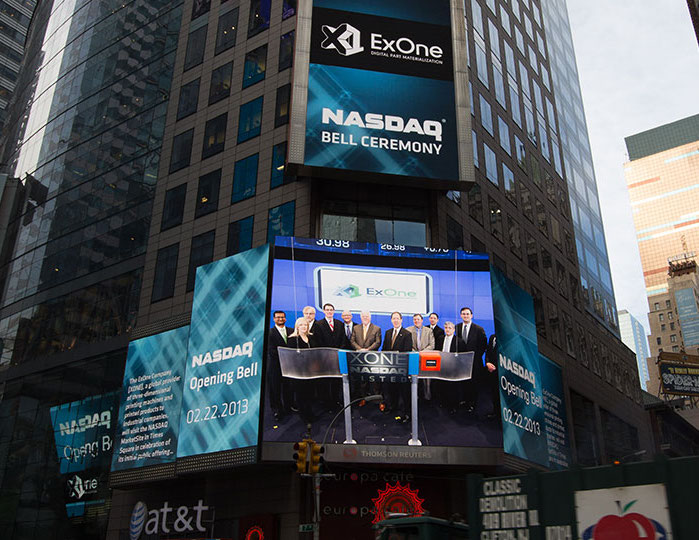
ExOne is one of the few publicly-traded 3D printer companies, and its information allows us to peek at the state of the industry.
Few publicly-traded 3D printer companies exist, but those that do must declare their financial state each quarter. It’s fascinating the examine these documents to gain additional understanding of what’s really going on in the industry.
ExOne is a bit different from the other manufacturers, in that it produces 3D printing equipment mostly for use in producing molds. Their machines carry high prices and as such their cash flows will be a bit “bursty” as sales come and go.
But what happened so far this year for ExOne?
The really good news is that they have been selling a lot of units. Their revenue is almost 2.5X higher than in 2015 at this point in the year. So far this year they’ve received USD$13.5M in revenue, while in 3Q2015 they had only USD5.9M.
Strangely, however, their materials and service revenue did not rise proportionally, rising only just over USD$1M.
They explain this discrepancy by saying:
Non-machine revenue, which was consistent with the prior year, was impacted by lower pricing on consumables, partially offsetting increased consumables volume due to the larger installed base.
Aha – it seems there must be competition developing on materials from other sources. It may be that the generic nature of powder materials may be generating more product pricing competition. This shows the power of open materials – at least for the customers – not so good for the manufacturers.
In spite of the increased sales, ExOne still posted a net loss for the 2016 thus far of USD$12.0M. But it’s not all bad news, as they posted a USD$24.6M loss in the 2015 period, so they’ve tightened up the loss significantly. This indicates they’re on their way to profitability.
They also indicate their research and development funding has slightly risen, also a good sign.
Looking at this from a high level point of view, it appears that this is a company that’s been through some bad times and is recovering well. I’d bet that’s probably the case for most of the larger 3D printer companies, too.
Via ExOne

